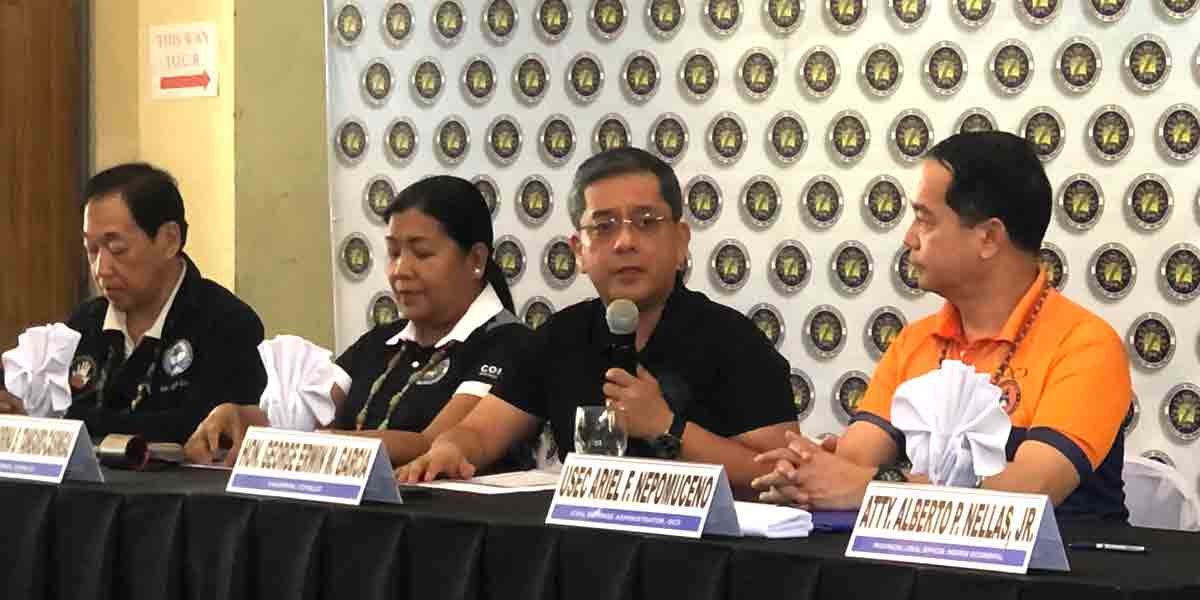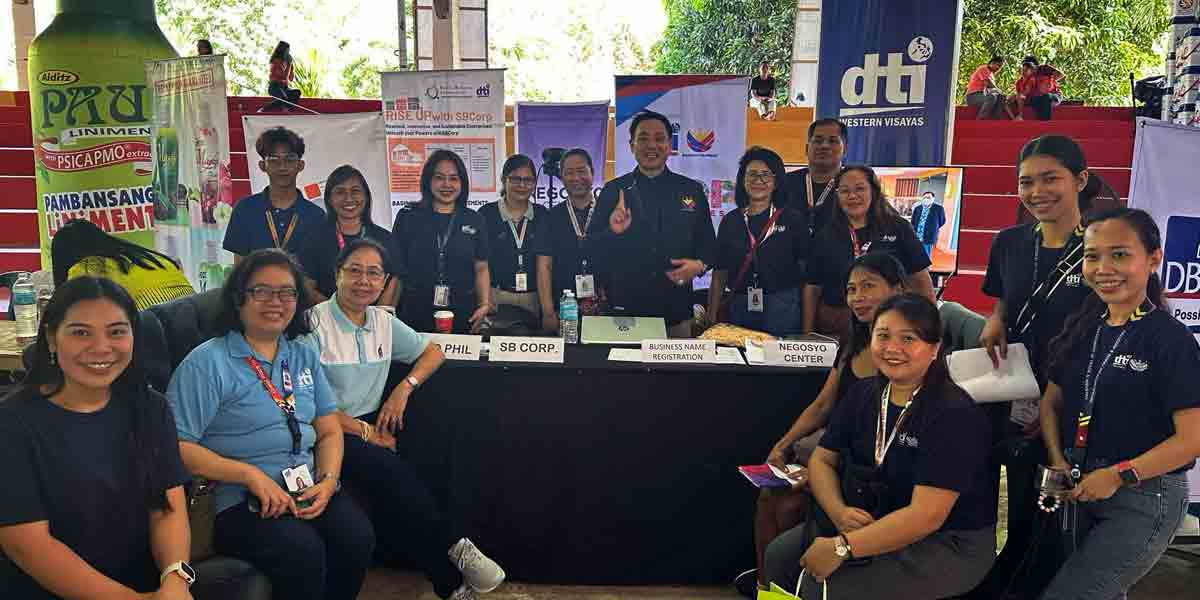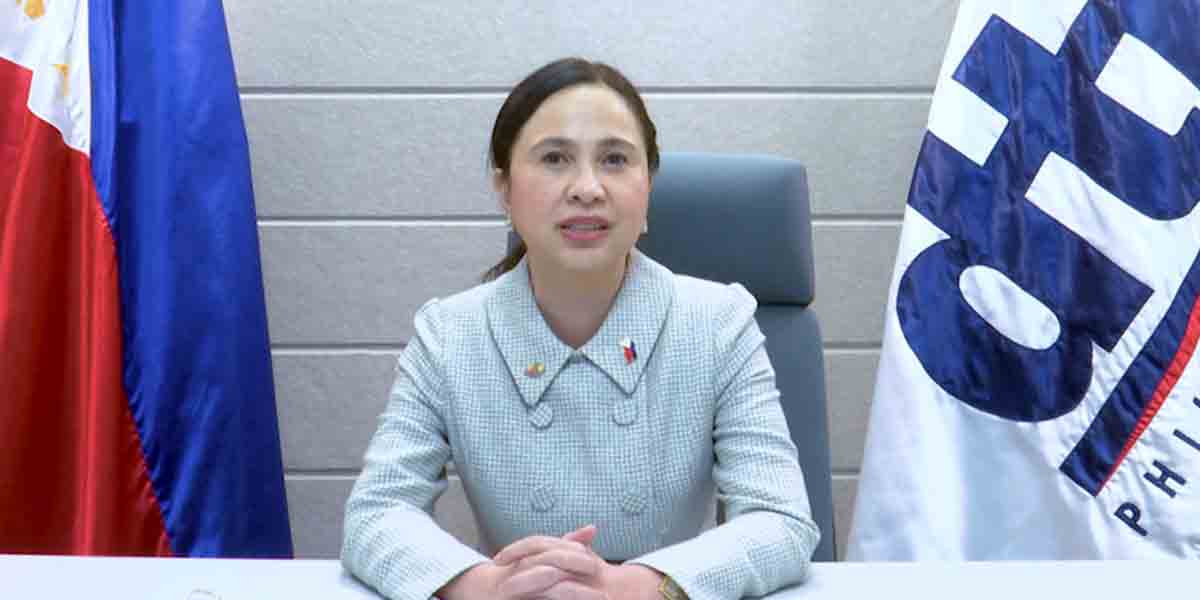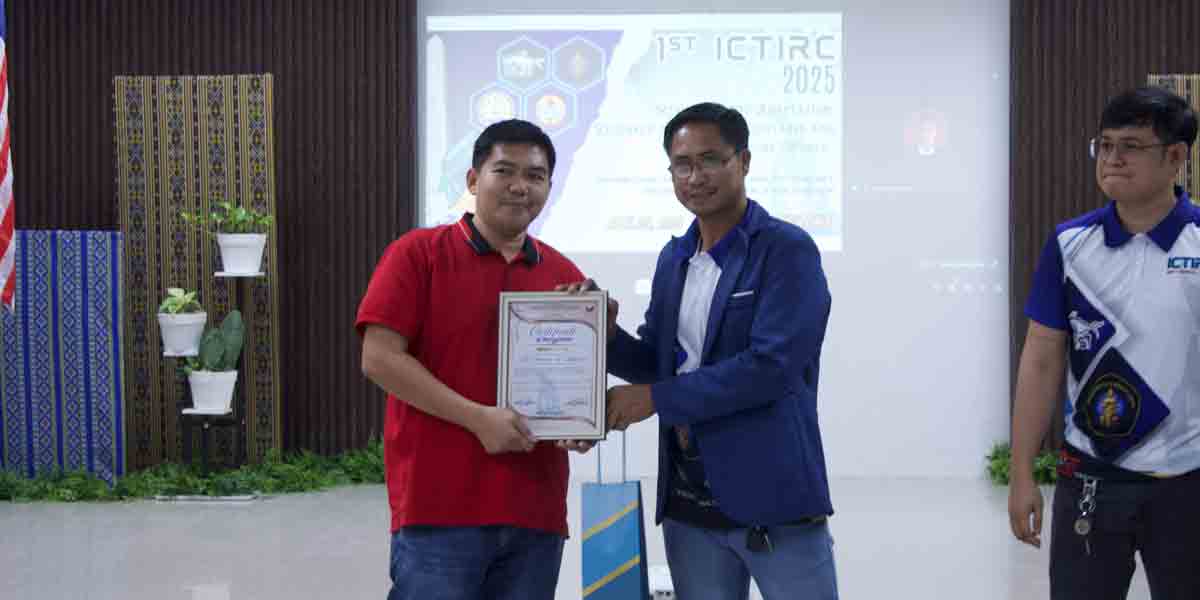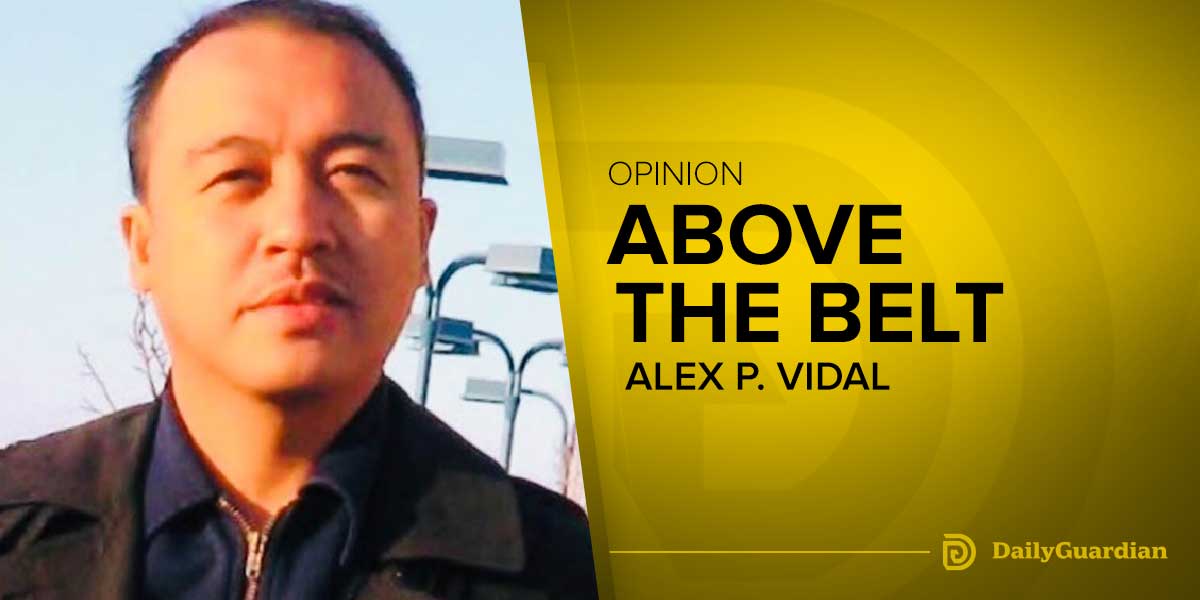By Herman M. Lagon
The state of education in the country is again in the spotlight due to the latest results of the Second Congressional Commission on Education (EDCOM 2), which expose that 62% of high school teachers teach disciplines outside their field of expertise. This figure suggests a fundamental weakness in the educational system: the continuous mismatch between teachers’ specializations and their teaching loads. This instructional incongruence has far-reaching effects not only on the standard of education but also on the morale of teachers and students’ future career options.
Teacher mismatch is not a novel problem. Though little has been done to handle it properly, it has been a concern for decades. The EDCOM 2 report exposes the shortcomings of the trifocal education system, in which the Technical Education and Skills Development Authority (TESDA), the Commission on Higher Education (CHED), and the Department of Education (DepEd) function in silos rather than in concert. The three bodies’ lack of coordination has produced a disjointed approach to education that falls short of teachers’ and students’ needs. Small private schools, where the lack of students and constrained number of teachers force teachers to handle five or more subject preparations, most of which they are not experts in, have even more of this problem. This is especially concerning in high school and early education since specialization is essential.
The distribution of teaching assignments forms the core of the issue. The report claims that DepEd’s practice of assigning subjects depending on availability rather than expertise has resulted in teachers being frequently obliged to teach disciplines they did not major in. This is especially common in science, where more than half of the teachers lack formal knowledge. Even more concerning is that, within the subset of physics, 49 out of 50 teachers are not physics majors. In these circumstances, students who are deprived of high-quality education suffer, as do the teachers.
Consider the following scenario: a teacher majoring in Physical Education (PE) is given four subjects to teach, three of which are far outside of her area of expertise (chemistry, calculus, kindergarten, for example). What if a history teacher had to plan biology, physics, and Filipino classes, or if a math teacher was unexpectedly charged with teaching computer science, English literature, and home economics? Think of the effects on the students, who learn from a teacher who lacks the requisite experience or confidence, and the teacher, who finds it difficult to adjust to new material. Under these conditions, how might the classroom be organized, and how might this impact the direction of education going forward? The situation is often worse in small private schools since teachers have to balance several courses on top of their administrative and other incidental work due to limited students and sections, which leaves them uber-overburdened and unable to give the particular instruction required by their students.
The teacher-subject mismatch in DepEd, CHED, and TESDA in public and private schools can be mostly attributed to their lack of coordination and immersive empathy for the people in the field. These three organizations are supposed to cooperate to guarantee that the educational system responds to national needs. Actually, though, there is little to no cooperation between them, who happen to be led mainly by armchair executives. CHED handles higher education and teacher preparation programs, for example. Yet, there needs to be an efficient working system to guarantee that the graduates of these programs find employment in fields related to their degree of expertise. While TESDA emphasizes technical and vocational education, its programs sometimes need to align with the sector’s needs or the labor market’s expectations. This lack of synchronicity or resonance causes some degrees to be overproduced and others to be underproduced, aggravating the mismatch issue.
Conversely, this is the impetus of the crucial problem that is the discrepancy between the labor market and the educational sector. The system of education should be built to generate graduates with industry-relevant skill sets. Still, the present system falls short in this regard. A sign of this more general issue is the discrepancy between teacher knowledge and instructional responsibilities. Students are not getting the quality education they are due since the education industry is not generating the teachers the system requires. Further underlining the mismatch between educational results and national needs, the education sector also seems more preoccupied with preparing students to work abroad than with sustaining the local business and generating more entrepreneurs.
The EDCOM 2 study also begs questions regarding how this mismatch affects students’ performance on international tests, including the Program for International Student Assessment (PISA). Particularly in science, reading, and mathematics, we have regularly poorly scored on these tests. According to the report, the poor performance of the nation is mostly caused by the dearth of qualified teachers in several disciplines. It is doubtful that the country would improve its performance on these international tests if the educational system keeps assigning teachers to disciplines they are not qualified to teach.
The absence of responsibility inside the educational system is among the most alarming features of the report. Though each DepEd, CHED, and TESDA has their own mandate, there is no obvious way to hold them responsible for the caliber of instruction provided in the nation. The outcome is a system whereby issues like teacher-subject mismatch linger years without resolution. Ignoring these problems is a failure of leadership as much as a result of policy shortcomings. Still, there are some shining areas. For instance, CHED has been rigorous in enforcing the alignment of professors’ qualifications with the subjects they teach, a practice that DepEd might gradually adopt across several subject areas.
Consistent effort among all education sector stakeholders will help to solve the issue of teacher-subject mismatch. Working together, DepEd, CHED, and TESDA can produce a more responsive and ordered educational system. This covers matching teacher training programs with the demands of the educational system, guaranteeing that teachers are assigned to disciplines commensurate with their qualifications, and building systems for responsibility. The education sector also has to cooperate closely with the industry to guarantee that the skills taught in schools apply to the needs of the employment market. The provision of a strong committee with an oversight function, filled by immersed and innovative educators and industry leaders, may be needed for this to realize.
Moreover, the government has to make investments in the educational system if it is to solve the underlying reasons of the teacher-subject mismatch. This covers making more plantilla positions for teachers, giving enough budget for teacher preparation programs, and ensuring schools have the tools to deliver high-quality instruction. The government also has to solve the teacher pay problem since low pay forces many teachers to take on extra teaching responsibilities outside their competence area. In private schools, where resources are even more limited, the situation is dire; teachers need clear government support in sight to meet the demands of several subject preparations.
The results of the EDCOM 2 report ought to act as a wake-up call for the government and every player involved in the educational scene. Teacher-subject mismatch affects not only the teachers who are obliged to teach disciplines outside their area of competence but also the whole educational process. Should the government be committed to raising the caliber of education within the nation, it has to act right away to solve this problem. This covers building a more responsive and coordinated educational system, funding teacher training initiatives, and ensuring teachers get fairly paid for their efforts. Only then will our educational system start to offer the high-caliber instruction its citizens are entitled to.
***
Doc H fondly describes himself as a “student of and for life” who, like many others, aspires to a life-giving and why-driven world grounded in social justice and the pursuit of happiness. His views do not necessarily reflect those of the institutions he is employed or connected with.


